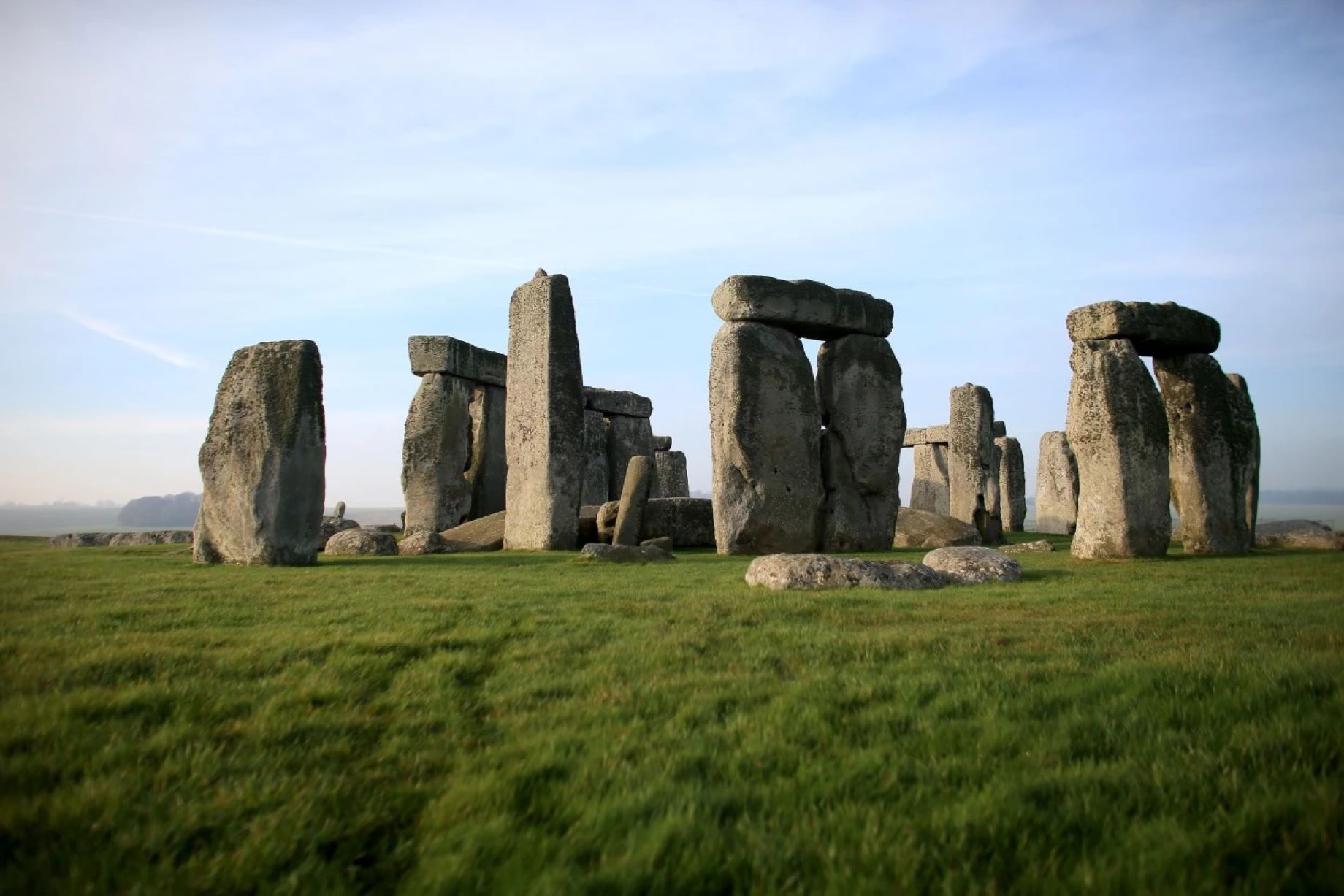Secret Solar Calendar Sites Of The Southwest

Have you ever wondered how ancient civilizations kept track of time? The Southwest United States holds some of the most intriguing solar calendar sites that reveal the astronomical knowledge of early inhabitants. These sites, often hidden in plain sight, showcase how native peoples used natural landmarks to mark solstices and equinoxes. Imagine standing in a spot where, centuries ago, someone watched the sun rise or set to signal the changing seasons. From Chaco Canyon in New Mexico to Hovenweep in Colorado, these places offer a glimpse into a world where the sky was a calendar. Ready to learn more about these fascinating locations?
Ancient Solar Calendars in the Southwest
The American Southwest is home to many ancient sites that align with the sun's movements. These solar calendars were used by indigenous peoples to mark important dates like solstices and equinoxes. Let's explore some of these fascinating places.
Chaco Canyon
Chaco Canyon, located in New Mexico, is one of the most famous ancient sites in the Southwest. This area was a major center of Ancestral Puebloan culture.
Fajada Butte: This butte features the "Sun Dagger," a rock formation that casts light patterns on petroglyphs during solstices and equinoxes.
Pueblo Bonito: The largest great house in Chaco Canyon, Pueblo Bonito, has rooms that align with solar events, showcasing the advanced astronomical knowledge of its builders.
Mesa Verde
Mesa Verde in Colorado is another significant site. Known for its well-preserved cliff dwellings, it also contains solar calendar markers.
Cliff Palace: This large cliff dwelling has windows and doorways that align with the sun during solstices, indicating the importance of solar observations.
Sun Temple: An unfinished structure believed to be a ceremonial center, the Sun Temple's layout aligns with solar events, suggesting it was used for astronomical purposes.
Hovenweep National Monument
Hovenweep, straddling the Colorado-Utah border, is known for its mysterious towers and solar alignments.
Hovenweep Castle: This multi-story tower has windows that align with the sunrise and sunset during solstices, indicating its use as a solar calendar.
Square Tower: Another impressive structure, Square Tower, features openings that align with the sun's movements, further emphasizing the importance of solar observations.
Casa Grande Ruins
Casa Grande Ruins in Arizona is a large adobe structure built by the Hohokam people. It contains several solar calendar features.
Great House: The Great House has openings that align with the sun during solstices and equinoxes, highlighting the Hohokam's advanced understanding of astronomy.
Ball Court: This structure, used for ceremonial purposes, also aligns with solar events, suggesting its dual role as a calendar and a gathering place.
Wupatki National Monument
Wupatki, located in northern Arizona, is home to several ancient pueblos with solar calendar features.
Wupatki Pueblo: This large pueblo has doorways and windows that align with the sun during key solar events, indicating its use as a solar calendar.
Citadel Pueblo: Another significant structure, Citadel Pueblo, features alignments with the sun's movements, showcasing the importance of solar observations to its inhabitants.
Canyon de Chelly
Canyon de Chelly in Arizona is known for its stunning landscapes and ancient ruins, some of which contain solar calendar markers.
Antelope House: This cliff dwelling has petroglyphs that align with the sun during solstices, indicating its use as a solar calendar.
White House Ruin: Another impressive site, White House Ruin, features alignments with the sun's movements, highlighting the importance of solar observations to its builders.
Bandelier National Monument
Bandelier in New Mexico is home to ancient ruins and petroglyphs that align with the sun's movements.
Tyuonyi Pueblo: This large pueblo has doorways and windows that align with the sun during solstices, indicating its use as a solar calendar.
Alcove House: Another significant structure, Alcove House, features alignments with the sun's movements, showcasing the importance of solar observations to its inhabitants.
Hidden Gems of the Southwest
The Southwest is home to some of the most fascinating solar calendar sites. These ancient places offer a glimpse into the past, showing how early civilizations understood and used the sun's movements. Visiting these sites, like Chaco Canyon and Hovenweep, is not just a trip through history but also a chance to connect with nature. Each site has its own unique story and cultural significance. Whether you're a history buff or just love exploring new places, these solar calendar sites are worth the visit. They remind us of the ingenuity and deep connection our ancestors had with the natural world. So, pack your bags, grab a camera, and head to the Southwest to uncover these hidden gems. You'll leave with a greater appreciation for the rich history and stunning landscapes that define this region.

